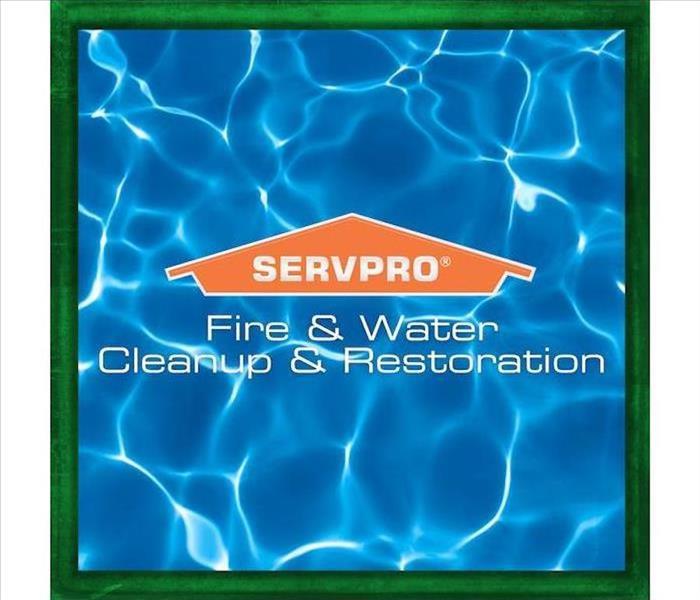Does Recovery from Water Damage in West Monroe Need to Be So Complicated?
10/14/2021 (Permalink)
 Water damage restoration by SERVPRO is the way to go. We use the latest technology and eqipment for all water damage restoration services.
Water damage restoration by SERVPRO is the way to go. We use the latest technology and eqipment for all water damage restoration services.
SERVPRO Commits Not Only to Following Best Practices But Also to Share Clear Communications with Our Customers For Their Water Damage Needs.
It is natural for a West Monroe homeowner to be anxious that water damage is managed appropriately and impatient that professional mitigation and remediation take far more time than hoped. No one wants their day-to-day life upended. Still, the answer to significant water damage is not a simple fix. Instead, the process, intricacy, intensity, and length are determined by the specific circumstances of the loss. Many steps are involved, and all are necessary. We are committed to sharing the details of the water loss restoration with every customer. Count on us to explain how each phase, step, and task fits into the overall agenda and provide honest answers to your questions and concerns.
Why Do Professionals Assess, Test, and Measure Before Beginning the Work I Need to be Done?
West Monroe residents seeking water damage restoration might be surprised that workers do not immediately dig in, starting the tasks they must know so well. Instead, the project manager evaluates the site’s safety, putting in place safety controls before giving the green light to the water damage crews. Additionally, the crew chief directs the use of sensitive detection and metering devices to outline the extent of the water incursion and the compromised building materials' moisture levels.
Why Do Professional Restoration Companies Complete a Safety Assessment?
SERVPRO must proceed from the premise that every water damage scenario is unique and presents hazards we might expect but cannot be sure how they manifest. Typical safety hazards at a job site include:
- Slip, trip, and fall concerns
- Chemical contamination of fluids
- Heavily involved areas can be in confined spaces with only one exit, low ceilings, cramped quarters, and unexpected substances or items that can spell danger
- Environmental dangers like
- Live electricity (shock or electrocution)
- Hazardous materials (lead-based painted surfaces, uncontained asbestos)
- Biohazards (infectious waste and molds)
- Structural hazards (trapped water threatening to collapse walls or ceilings, weakened or damaged floors, stairs, and more)
Why Do We Assess and Test Before Water Damage Restoration?
Our crews need accurate information about precisely where the water hides and how much moisture building materials have absorbed. If we skip or shortchange this step, we risk leaving the water behind to deteriorate structural components. We also then lack the data needed to devise appropriate drying goals and to monitor the drying process. If our technicians do not make the effort to isolate water hidden in building cavities, we put your family and our crew in harm's way if a ceiling or wall full of water caves in.
Why Do Water Damage Restoration Crews Wear Personal Protective Equipment (PPE)?
Safety protocols must be observed, and include the use of PPE for managers and technicians in many water damage restoration situations. Boots and hard hats protect from slipping and overhead hazards. Goggles and breathing apparatuses shield eyes and prevent airborne contaminants from inhalation. The use of PPE and robing and disrobing practices in a specified area also protects your loved ones from the debris our workers might otherwise track through your home.
What Can I Expect Now That the Crew Is Set for Water Damage Restoration?
Water Extraction
Our service vehicles await with pumps for water deeper than two inches and truck-mounted extractors for residual amounts. If we need to suction liquids from confined areas, portable backpack extractors extend our reach.
Controlled Demolition
If moisture detection located hidden caches of water, we might choose to employ limited removal of building materials to access the water and wet building cavities. These carefully planned actions usually repair easily after the water damage remediates. Release of the water and opening of spaces for more effective drying is needed to prevent secondary damage. Limited and controlled demolition can include:
- Cut or drill holes in walls or mortar joints
- Removal of baseboards, paneling, and beadboard
- Flood cuts, which remove wall material from stud to stud, several inches above the waterline
Applied Structural Drying
A balance of air movement, temperature manipulation, and dehumidification returns structural components to normal moisture levels. Commercial grade equipment operated by our skilled workers rapidly dries the affected spaces, crucial to our restoration goal of “Like it never even happened.”
Navigating the road to water damage restoration with SERVPRO of Monroe / West Monroe ensures a speedy and successful result with no shortcuts. Call us at (318) 345-5121 to schedule your assessment.






 24/7 Emergency Service
24/7 Emergency Service